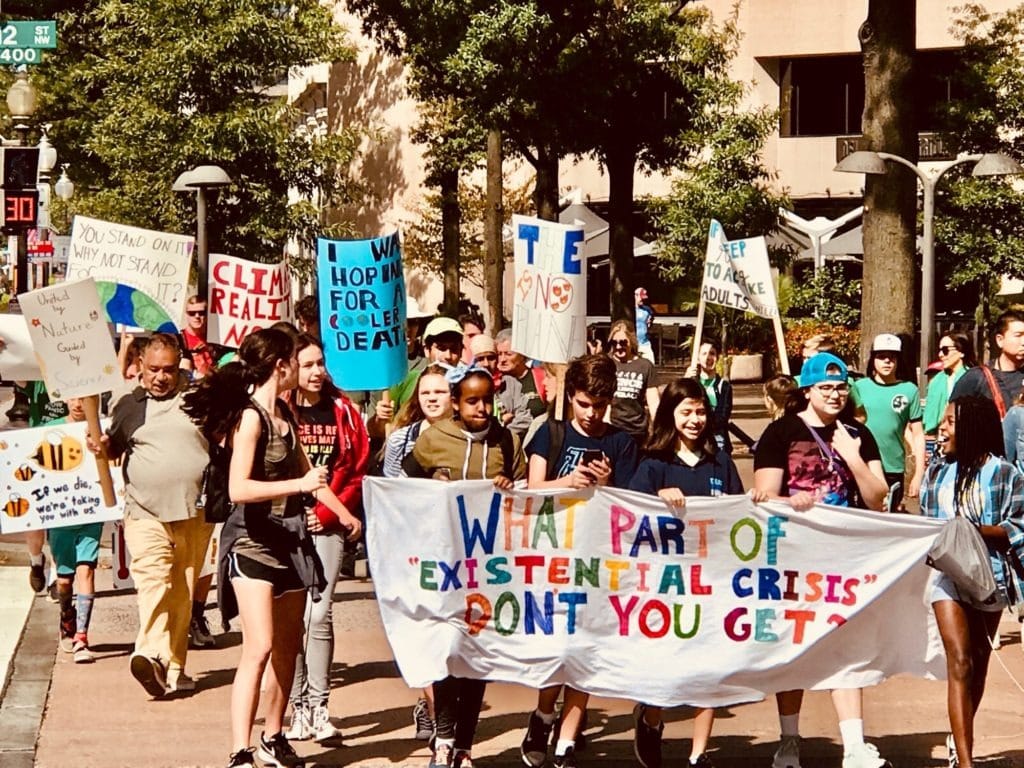WASHINGTON (AN) — Millions of children worldwide skipped classes to send a clear but simple message: They are leading the way to take on the global climate crisis, because government leaders are acting like children.
"We want to do something while there is still time. Adults are not paying attention. They are always on their phones," said 10-year-old Eva Steinman, who was marching with her father, Jon, and tens of thousands of other protesters on Friday in downtown Washington.







